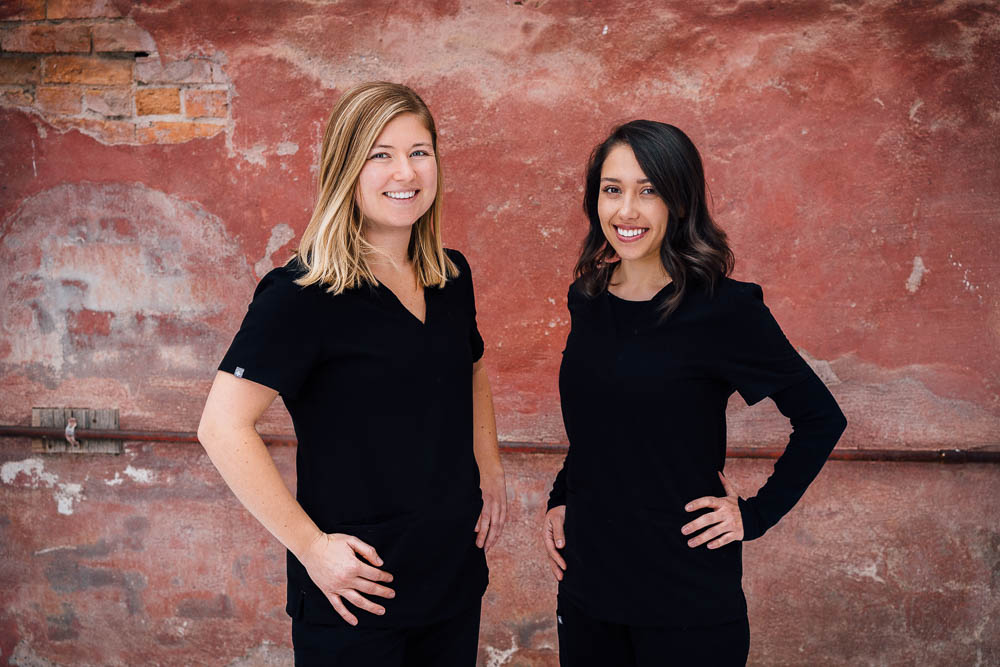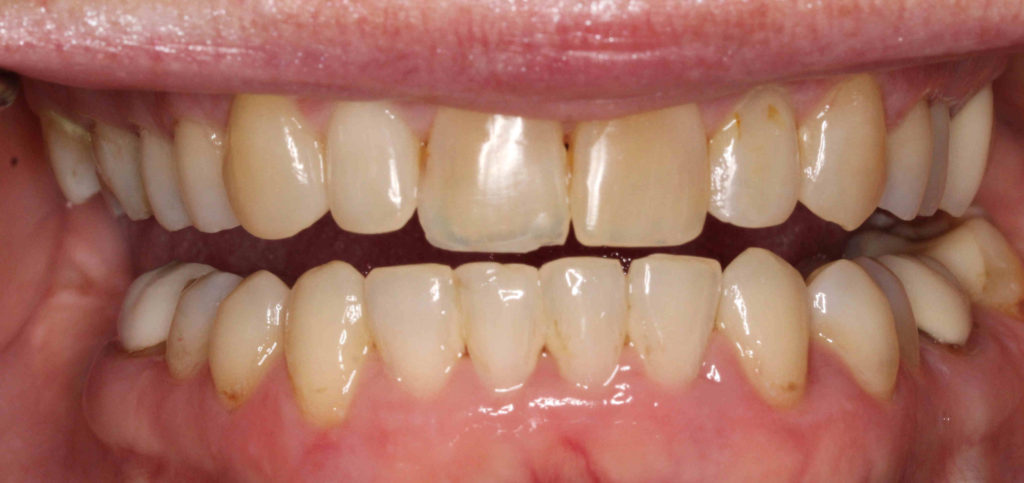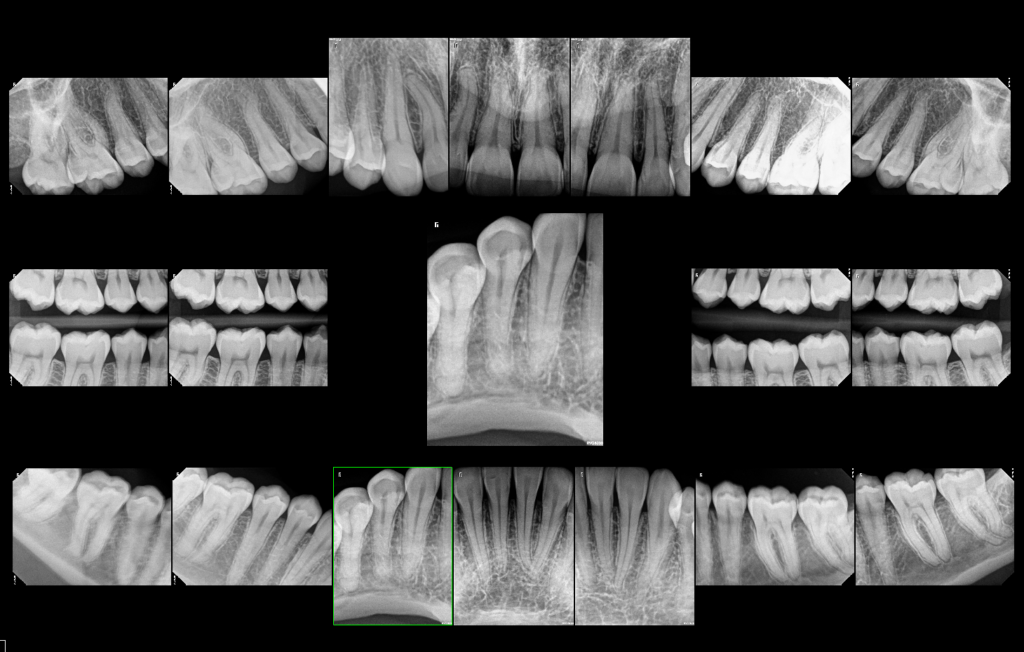Dental cleanings are not technically called cleanings, and your hygienist “cleans” every set of teeth differently. Visiting your dental hygienist every six months is a recommendation primarily determined by the health of your gums, not necessarily how white your teeth look.
If you are shocked by this information please know that you are not alone!
Our hygienists are incredibly talented. They can do anything from teaching a toddler how to hold a toothbrush to providing extensive periodontal treatment for patients who haven’t set foot in a dental office in decades, however their primary role is orienting patients with their own mouths and recommending the best treatment for that particular patient.
If you brush and floss regularly at home, take every recommendation your hygienist makes to heart, and visit your dental office every 6 months, than you would likely never know that her services extend beyond the biannual dental cleanings known as a dental prophylaxis.
Why is the cleaning called a prophylaxis? What does prophylaxis mean?
The word prophylaxis has Greek and Latin roots. The first part, pro, means before and the second part of the word is often defined as watching, guarding, protecting, or preventing. Your dental hygienist’s job is to protect you from a future of gum disease and decay by teaching you how to prevent disease. Having a watch guard hygienist and taking her recommendations seriously protects you from learning about periodontal disease and its treatment.

If oral health and wellness has been low on your priority list and, it’s been a while since you’ve seen a dentist or a dental hygienist you may find yourself needing extensive periodontal treatment, and that’s okay because your hygienist can help you! In this situation she will perform a treatment called scaling and root planning, where she removes the infection below the gum line. After that, she will recommend that you schedule an appointment every 3-4 months for a periodontal cleaning called periomaintence.
How is a periomaintenance different than a prophylaxis?
Patients who have gone through periodontal treatment or scaling and root planning will need to see their hygienist more frequently so that bacteria and plaque do not build up below the gum line and cause an infection or damage to the roots and bone structure. These cleanings are called a periomaintence because your hygienist is helping you maintain those hard to reach places and keep them clean.


You might look at your teeth and gums and think they look healthy, however the periodontal issues are hidden below the gum line. One of these photos is of a patient who has periodontal disease and the other is a photo of a patient who has a healthy mouth. It is challenging to know the difference as periodontal disease is not always apparent to the naked eye.
At your first visit we will measure your gum tissues. If the tissue has a deep pocket around the tooth, deeper than 3 millimeters, it becomes increasingly difficult for you to keep plaque and bacteria out of those pockets without the help of your hygienist even after you have had scaling and root planning or any other form of periodontal therapy.


Our hygienists and doctors will take a full mouth series of xrays so we can see below them gum line. Even when your dentist or hygienist is probing for her periodontal chart, she isn’t able to see what her probe is touching. The xrays allow her to see what her probe is touching and keeps her periodontal chart as accurate as possible.
The xrays for Patient 1 indicated more bone loss and deeper pockets than the periodontal probing and charting were able to identify, specifically on the lower front teeth.
If your hygienist is recommending that you visit with her more frequently than every 6 months, please know that she wouldn’t make this recommendation unless she believed that it was necessary to maintain your oral health and manage a condition called periodontal disease. She is a watch guard. She cares about your health. She is trying to protect you and keep you healthy!
